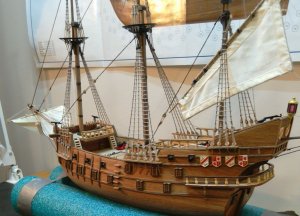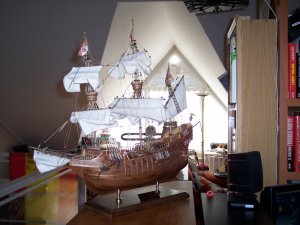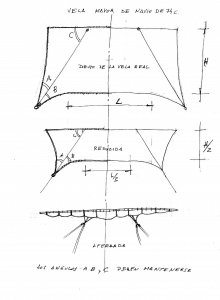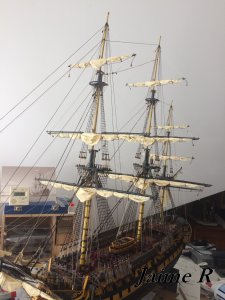- Joined
- Jun 20, 2019
- Messages
- 5
- Points
- 8

Hello now retired  I have time to finish my boat (San Francisco de Artesania)
I have time to finish my boat (San Francisco de Artesania)
My question is for the sails, I think it's not very real.
I have already read somewhere of soaking sails in a mixture of white glue and water or with hair spray and drying in place with a fan ?
I also thought of rolling the sails and tying them under the yards ?
What do you suggest to me ?
Thank you

My question is for the sails, I think it's not very real.
I have already read somewhere of soaking sails in a mixture of white glue and water or with hair spray and drying in place with a fan ?
I also thought of rolling the sails and tying them under the yards ?
What do you suggest to me ?
Thank you










